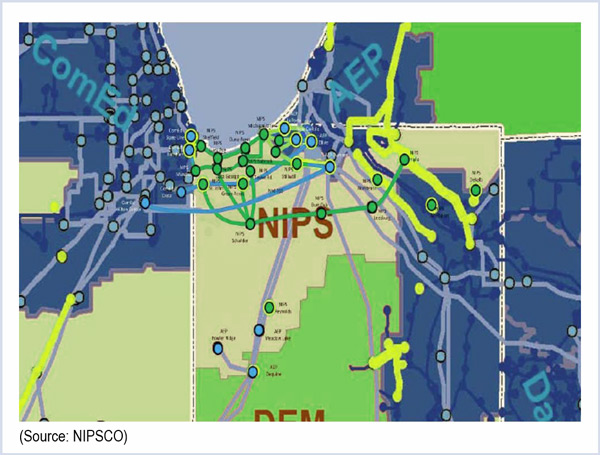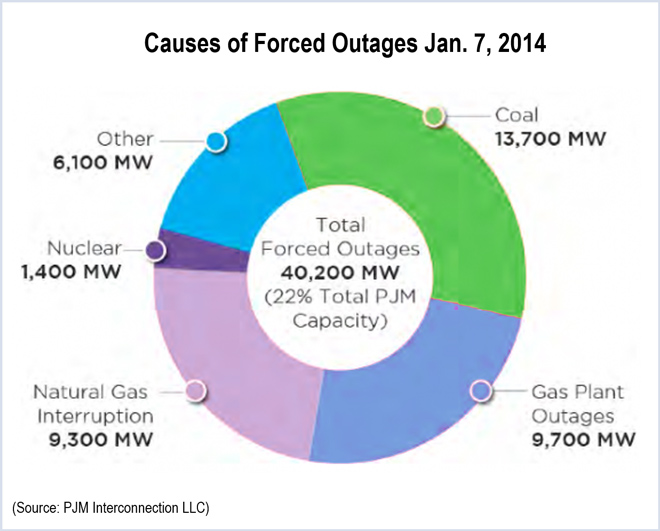
More: St. Louis Post-Dispatch
Entergy Spending $62.2M on 24-mile Tx Line in Arkansas
Entergy Arkansas said it is spending $62.2 million to build a transmission line and a new substation to improve grid reliability in Drew and Desha counties. The company said it is part of a $2.4 billion investment through 2017 on system upgrades. It is already constructing another 27-mile transmission line that will end at the same new substation. That project is estimated at $25 million.
More: Magnolia Reporter
Duke Finds Hairline Crack on Reactor Head at Harris Plant
Duke Energy Progress discovered a hairline crack in the reactor pressure head of Shearon Harris nuclear generating station, but the company told the Nuclear Regulatory Commission that the crack poses no danger. The crack will be repaired during the current refueling outage, the company said. “The unit is in a safe and stable condition,” Duke told NRC. “The flaw and repair have no impact to the health or safety of the public.”
The crack, measuring about a quarter-inch, is near a nozzle that penetrates the reactor head. It is similar to a crack that was missed during a 2012 refueling inspection and caught later during a data review. After that incident, NRC ordered Duke to ensure such an incident didn’t happen again.
More: Charlotte Business Journal
NextEra Bets Big on Colorado Wind

The first facility, a $240 million 150-MW wind project in Kit Carson County, has a 25-year contract to sell its output to Tri-State Generation and Transmission Association. The second facility, the $400 million 250-MW Golden West Wind energy Project, will be in El Paso County and will sell its output to Xcel Energy.
NextEra is the largest wind farm operator in the U.S., with 10 GW of turbines.
More: Denver Business Journal
E.ON Starting Asset Management, Repair Businesses in US

More: pv magazine
Advanced Power Gets Funding for $899M Combined-Cycle Plant

The company did not say when construction would begin.
More: Dayton Business Journal
Duke Appeals $25 Million Ash Fine, Calls it Excessive

The state Department of Environment and Natural Resources fined the Charlotte, N.C.-based company in March for failing to control ground water leaching from the coal ash lagoons at the now-retired L.V. Sutton Steam Electric Plant near Wilmington, N.C.
The fine is separate from a $102 million settlement the company agreed to pay federal authorities for the damage caused by a massive leak of toxic coal ash from another retired plant, near the Dan River. That event last year caused pollution in two states — Virginia and North Carolina — after a broken pipe allowed coal ash slurry to flow into the river. The company still faces litigation from Virginia and private property owners as a result of that leak. North Carolina, in response, enacted coal-ash legislation and formed a formal oversight committee.
Duke’s appeal of the Sutton fine notes that the company had already taken corrective actions to stop and remediate the leakage from the retired plant. It also claims that state environmental officials erred in fining the company for 1,822 days of violations, despite only taking samples for 27 days, using a new way of calculating the fine, making it $24 million higher than fines for earlier, similar events, and failing to take into account the possibility of other sources of contamination.
More: News & Record
Compiled by Ted Caddell





